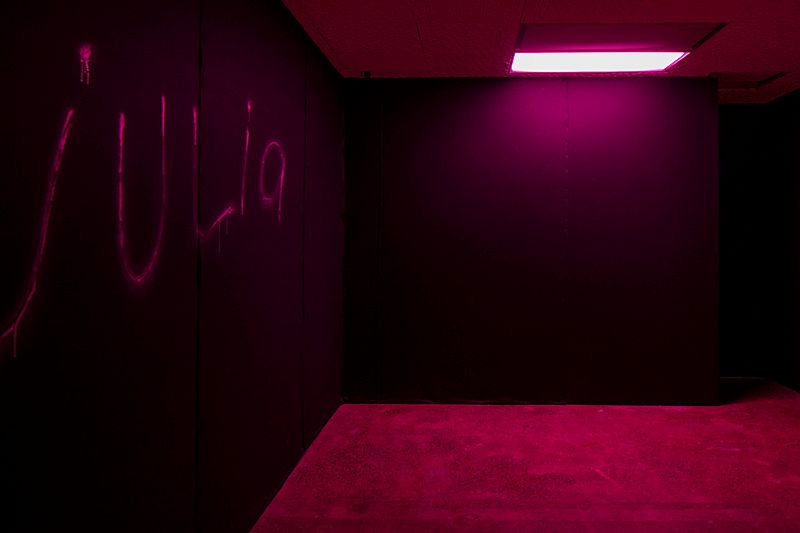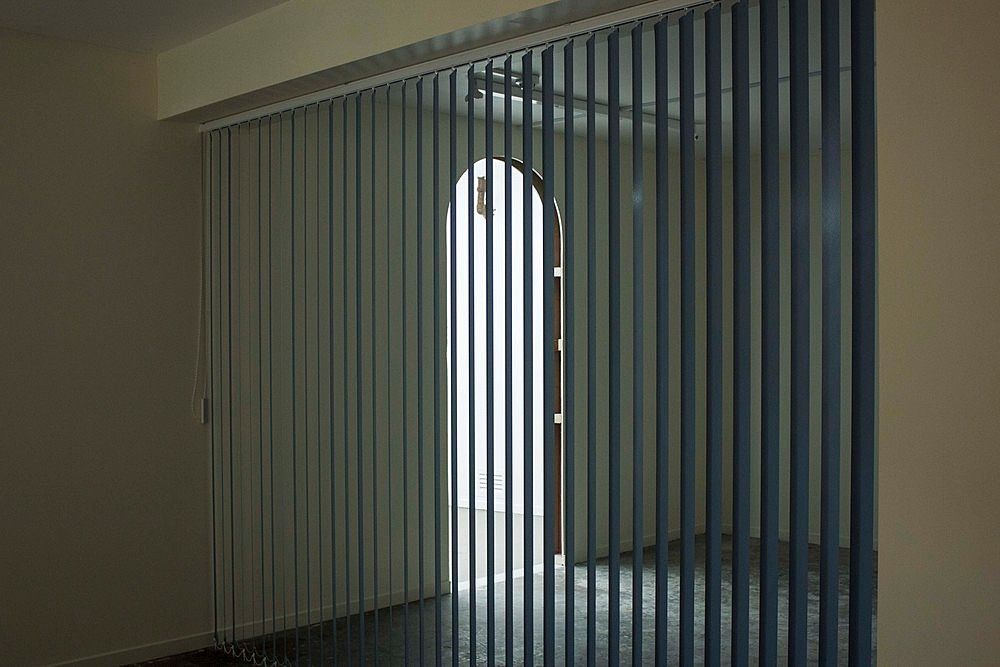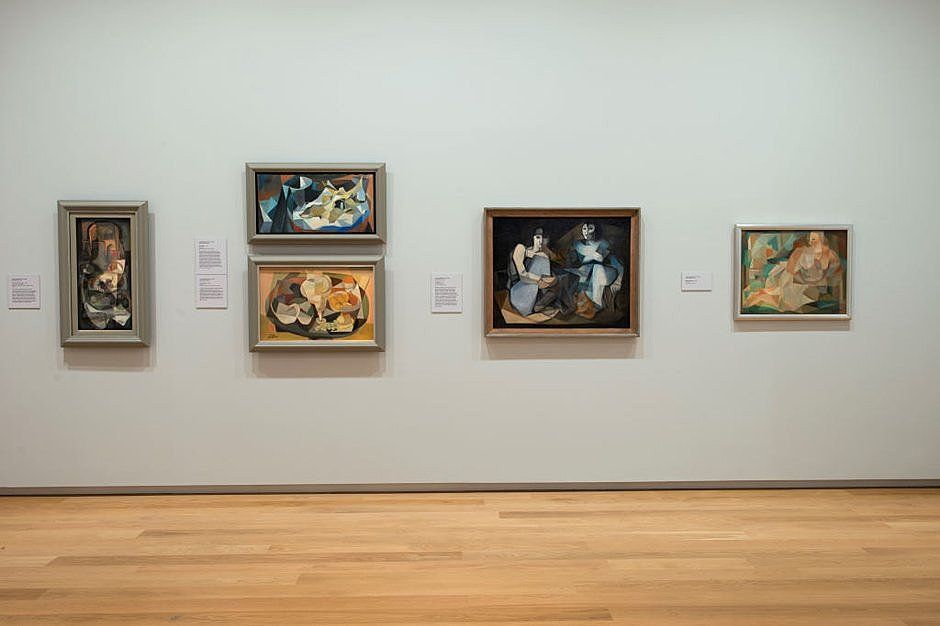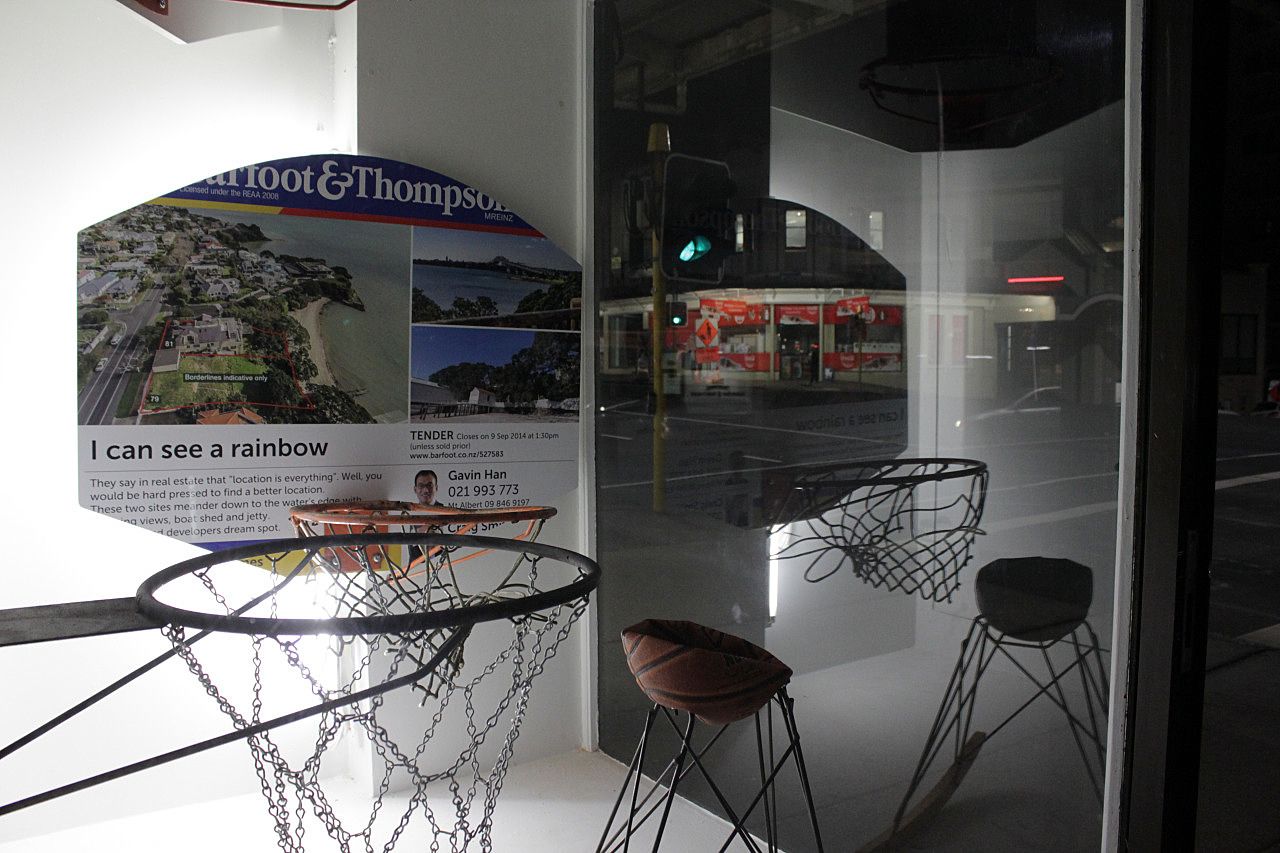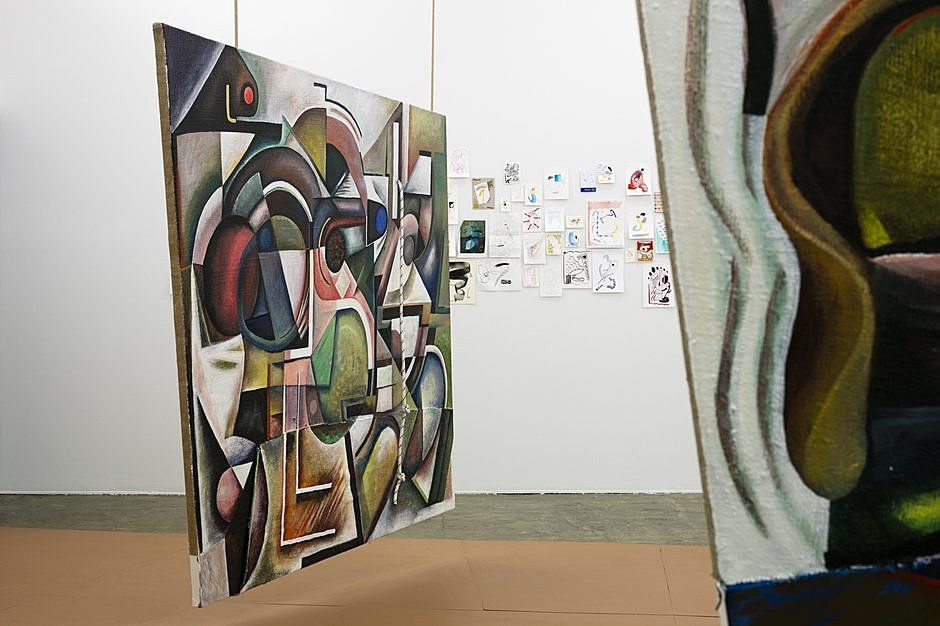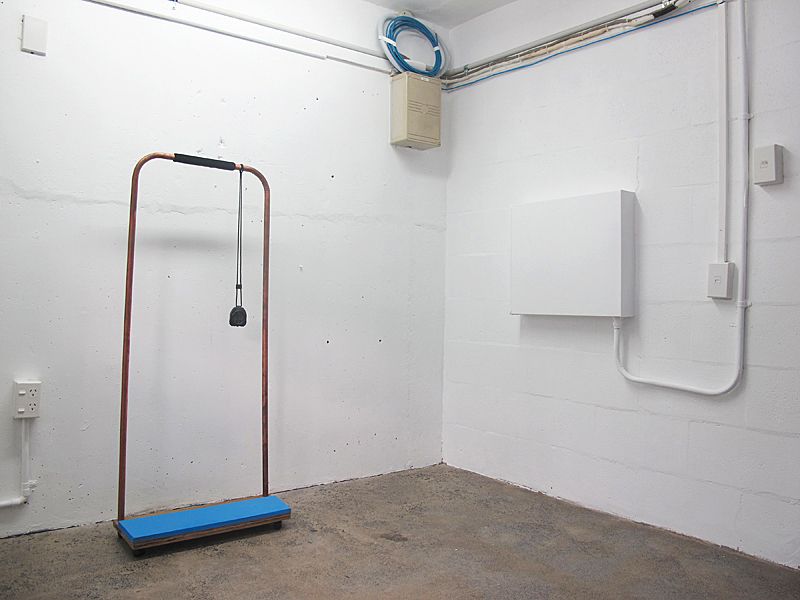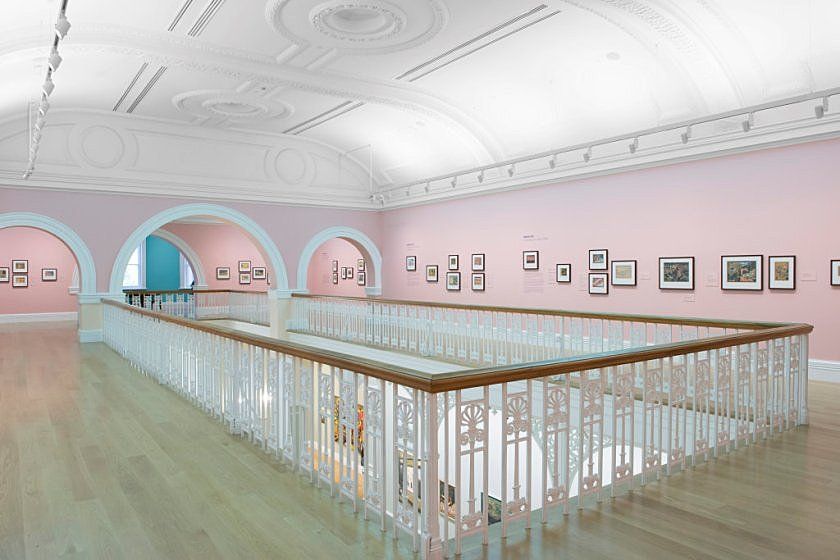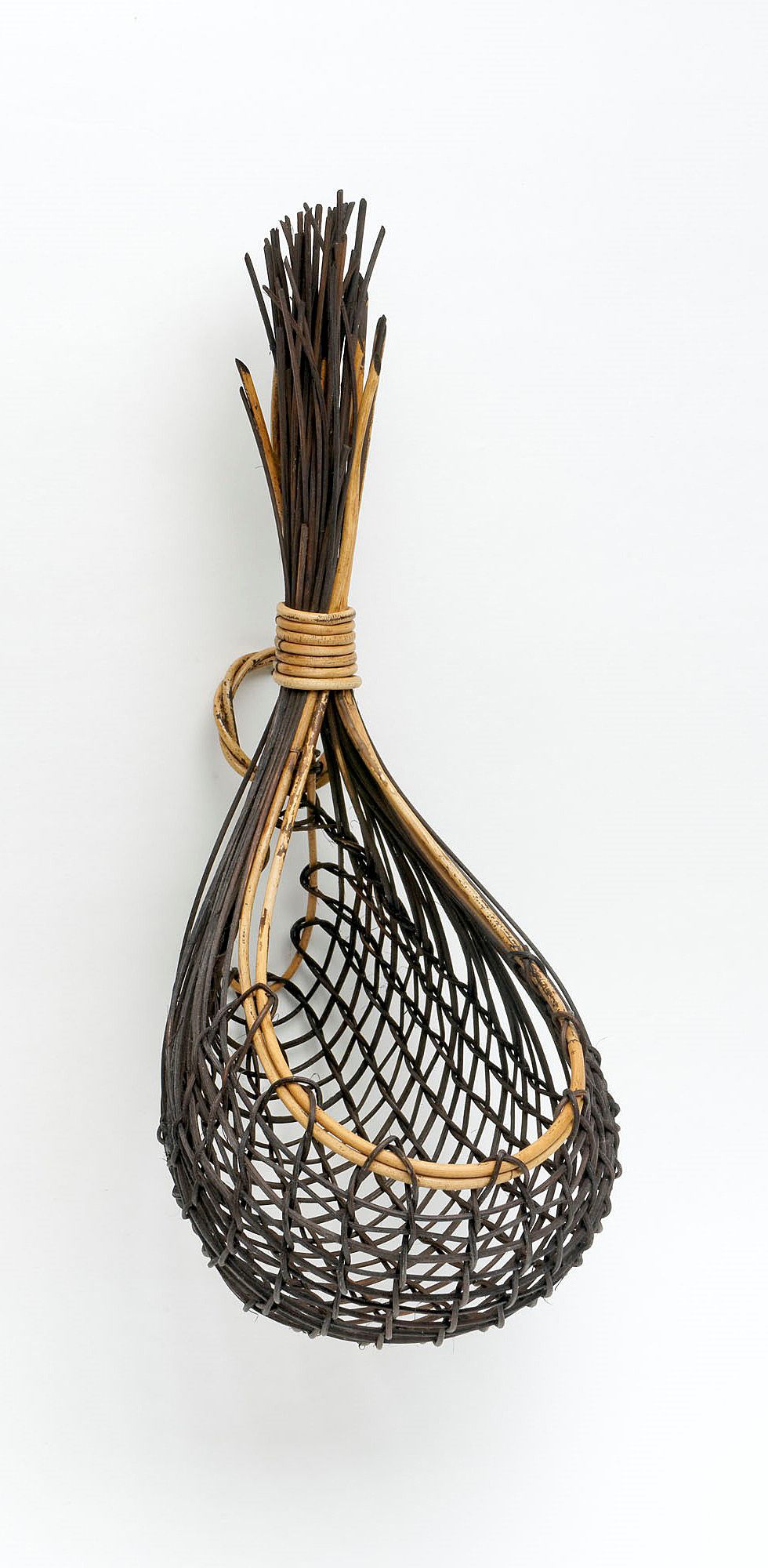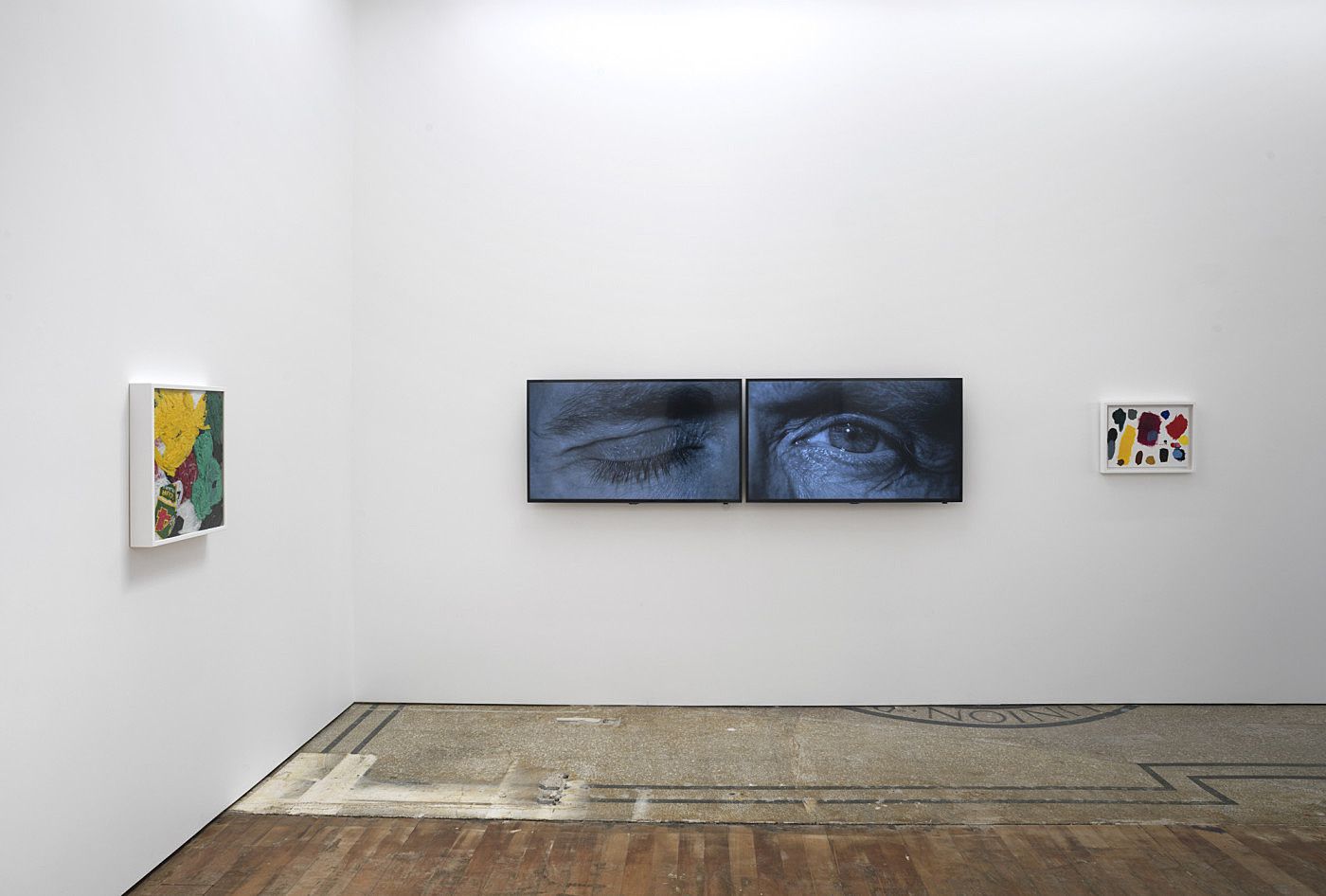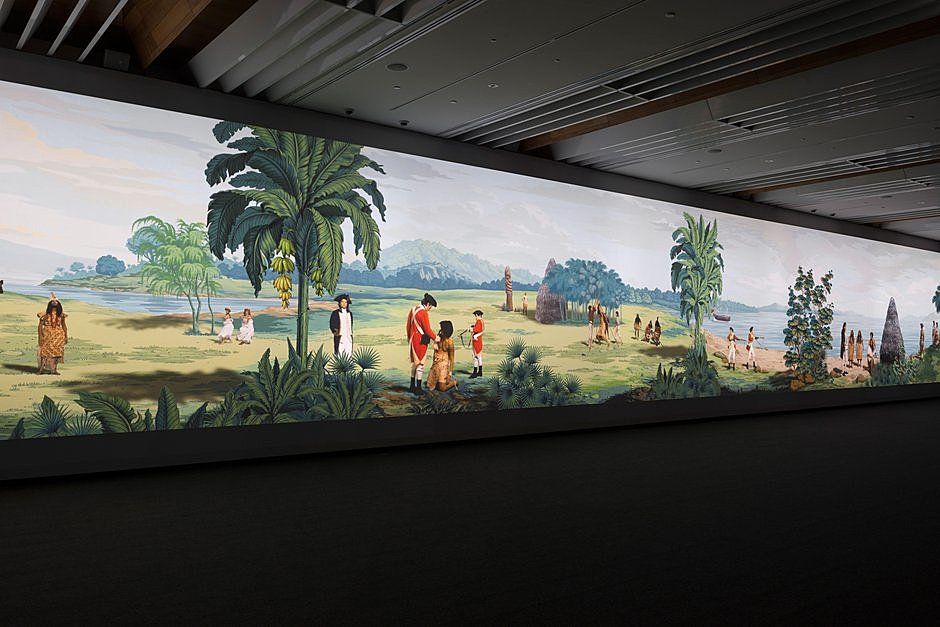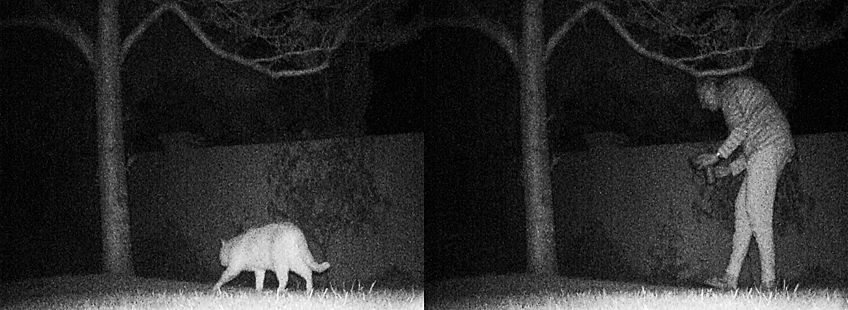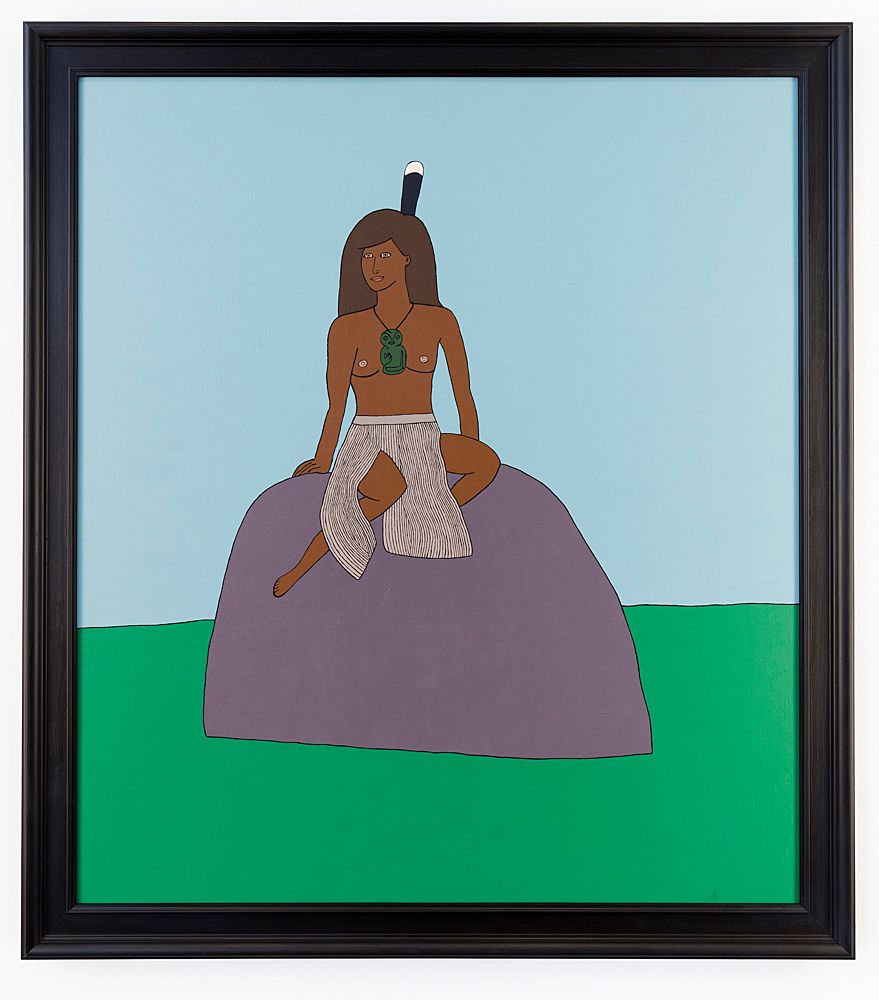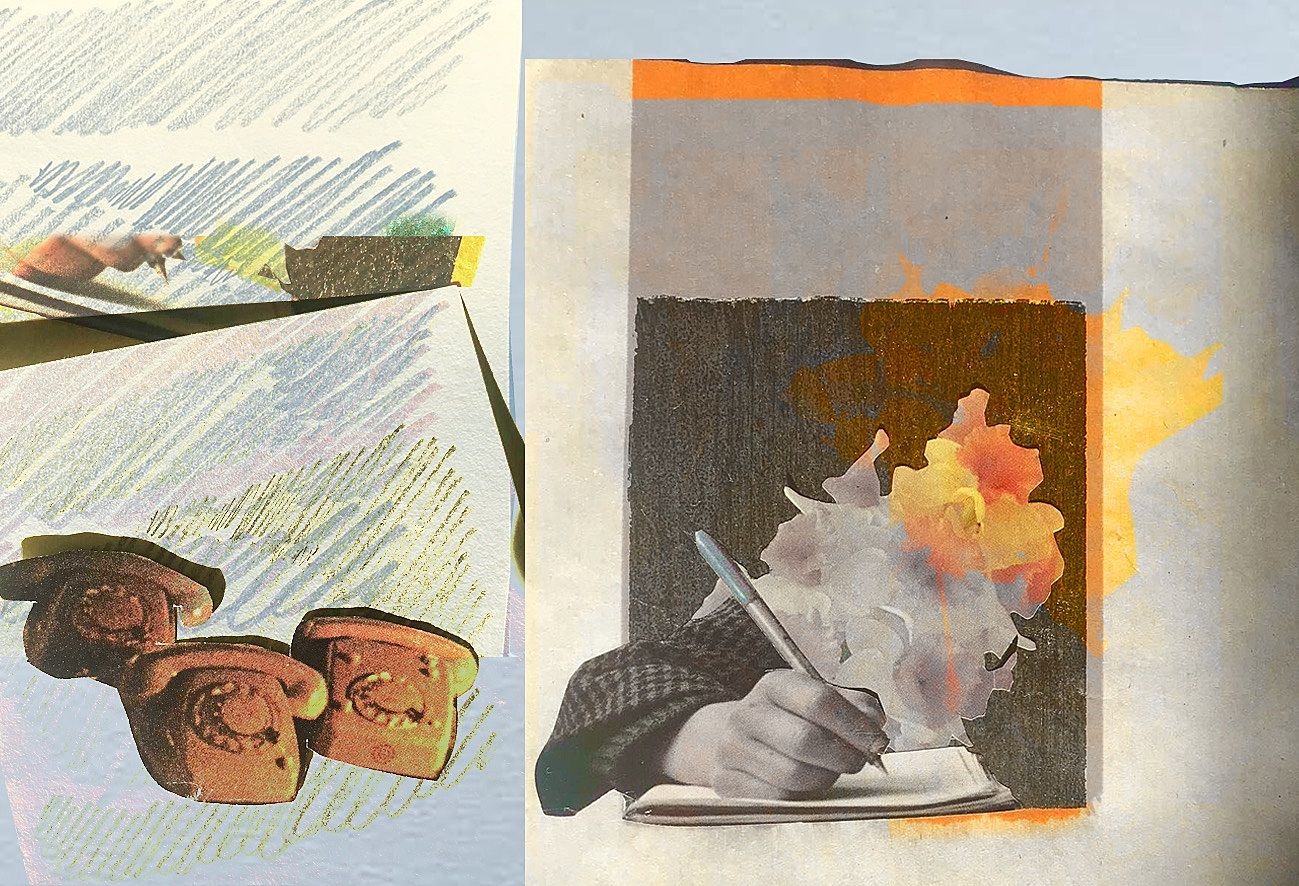She Said, He Said: Great Art Moments in Auckland in 2015
Victoria Wynne-Jones and Francis McWhannell on their favourite art moments in Auckland this year
This has been a pretty great year for art in Auckland. We don’t pretend to be expansive (we both spent far too much time in the central city) or definitive, but these are some of the people and spaces that have especially delighted us in 2015 – and that we’ll be keeping an eye on in 2016.
– Victoria Wynne-Jones and Francis McWhannell
a slow dance to elevator music – Charlotte Drayton
VWJ: I’m really interested in the perpetual ebb and flow of artist-run galleries, their meteoric rises and their inevitable closures. These are the places to go to see artworks and exhibitions that are challenging and thought-provoking. They're never easy, but I always feel myself mulling them over long after I’ve left. I'd like to begin with a quiet but steady achiever from artist-run space FUZZYVIBES: Charlotte Drayton’s solo exhibition, a slow dance to elevator music. Using soft furnishings and architectural interventions, Drayton created an ambient, subtle, and immersive environment that exuded gentleness, banality, and a slight wrongness all at the same time. (Francis notes that you should read Lucinda Bennett’s review of the show.)
FM: I’ve spent an especially large amount of time this year at public art institutions and events, trying to assess just how well they are actually serving their audiences. I’d like to start with what I think of as a triumph: Auckland Art Gallery Toi o Tāmaki’s Freedom and Structure: Cubism and New Zealand Art 1930–1960 (on till 6 May 2016), curated by Julia Waite. Victoria also loves this show, which she aptly describes as an ‘artists’ exhibition’. From the inspired choice of wall colour (this stuff matters!), to the intuitively right selection and arrangement of works, to the lucid and engaging wall texts, Freedom and Structure is a consummate example of exhibition-making.
I was delighted to see paintings by little-known artists like Wilfred Stanley Wallis (whose work captures the atmosphere of the central North Island better than anyone else’s I can think of). The best part of the show, however, is its understated celebration of the brilliant Louise Henderson, who not only holds her own next to Colin McCahon, but also often outshines him.
VWJ: Nicky Verdon and the former Ferari Boys continue to be the perfect hosts with their diverse programme at Rockies on Karangahape Road. It’s an exceptionally savvy entity. There’s the accessibility: the idea of ‘Rockies 24/7’ (it’s a window so it’s on view at all hours, whether you’re waiting in your car at the intersection or walking home in the early morning). There’s also the sass: the LED text display sign, the tremendous merchandising, and the conviviality the space generates. It’s particularly great the way that opening gatherings take place either on the kerb or across the road at the pub.
This year has seen some fantastic exhibitions and events. Three’s Company– a collaboration between Ophelia King, Nina Lloyd, and Amy Unkovich – was a sensorial pleasure. Differently wonderful was Matt Coldicutt’s Liquidation, a fast turnaround series of irreverent installations that attempted to ‘flip artworks like they were hot properties in the overcooked Auckland market’.
BODY LANGUAGE – Imogen Taylor
FM: Having missed last year’sGlory Hole (Owen Connors wrote about it this year), I was pleased to have to opportunity to see Imogen Taylor’s Artspace exhibition, BODY LANGUAGE, which proved to be a sensual and intellectual delight. The installation was adventurous without pulling focus, with two of Taylor’s unabashedly bold and wonky collage-paintings suspended from the ceiling by thick rope (rope also cheekily infiltrated the surface of one of the works), while ramps facilitated up-close, in-the-round inspection.
Victoria, who co-curated the show, wrote a gem of an essay on the constellation of doodly studies tacked to one wall, while Taylor provided a zine titled No Idea, which is one of the wittiest and most entertaining artist’s statements I’ve ever encountered.
The Arena – Hannah Valentine
VWJ: She may be one of the rare female artists to show at GLOVEBOX on Samoa House Lane, but more importantly Hannah Valentine also stood out due to her simple, refined and considered work. The Arena continued her installation-based engagement with extreme forms of exertion through permutations of gymnasium equipment.
FM: To completely change tack, moving from the contemporary to the historical, and from the local to the international, I found the panoply of works included in Auckland Art Gallery’s The Story of Rama: Indian Miniatures from the National Museum, New Delhi (on till 17 January 2016) truly eye-opening.
The show has boasted a great public programme, including a performance by musician and curator Balamohan Shingade, who also wrote an excellent short piece on the exhibition. Free, volunteer-run tours of the show help make up for the rather user-unfriendly presentation of information (I keep banging on about this, but smartphone-based audio guides would also be a cheap, easy, and immeasurably useful addition to the Gallery’s infrastructure). Oh, and, again, the wall colours are gorgeous.
VWJ: This year, Objectspace has mounted a slew of exhibitions that have really gotten to the core of the delicious craftiness that makes the gallery unique. Weaves and baskets and ceramics – sigh! Particular stand-outs were STRANDS: Weaving a New Fabric, Ruth Castle: Basketmaker, and Empire of Dirt: Writing about Ceramics (on till 19 December). With respect to the latter, I’m still thinking about Linda Tyler’s heart-breaking description of Ernst Plischke living with his dead wife’s indoor plants, and Gregory O’Brien’s poetic reflections on Tony Fomison’s Head of a Cat: ‘Now I find the missing cat’s face in the most unlikely places. It has become a footprint left in clay, the sole of an old show, a lead that has blown from a garden fire or that comes to us from some outer province of autumn.’ Swoon!
FM: I can’t resist mentioning neurotic Briton Martin Creed’s talk-performance (the Turner Prize-winner is a musical as well as visual/installation artist). Initially to be held at Auckland Art Gallery, the event had to be moved to a larger space at AUT due to overwhelming public interest. I’m not sure which I found more enjoyable, Creed’s frank, self-aware, and often sidesplittingly funny musings on his practice (‘maybe it’s not a love song; maybe it’s more of a love-based song’), his wry lyrics (‘it’s a border control’ becoming ‘it’s a border con’ becoming ‘it’s a border’ becoming ‘it’s a bore’), or the stream of notes being passed between the Remuera-ish women seated in front of me (‘is he drunk?!’). Having seen Creed speak/sing, I couldn’t help but find his self-titled/untitled show at Michael Lett captivating (the video works were particularly pleasing), and I eagerly await his next.
The Shadow of the Dome of Pleasure
VWJ: Sporting exhibition design that seemed part sex-club, part deviant blue cinema, The Shadow of the Dome of Pleasure, by Artspace curatorial intern Henry Davidson, was a remarkable show. Davidson’s informed selection of film and video came together to enable intense, provocative, and disquieting experiences.
The accompanying publication and public programming also tapped into the current interest in writing-as-practice and group readings associated at the moment with a group of Elam postgraduate students and friends (in particular, Matilda Bea, Owen Connors, Gregory Kan, Elle Loui August, Robin Murphy, Bridget Riggir, Laura Suzuki, Georgina Watson, and Alex Mitcalfe Wilson). This was also exploited by Abby Cunnane as part of her stunning group exhibition The things we talked about at ST PAUL St Gallery (thanks for including the Moyra Davey work; what a treat!).
in Pursuit of Venus [infected] – Lisa Reihana
FM: Lisa Reihana’s spectacular in Pursuit of Venus [infected], again at Auckland Art Gallery, was art that truly captivated the public, attracting record audiences. The work (somewhat retooled) will be sent to the 2017 Venice Biennale. Some (including me) feel that the work has its limitations, but as an example of art stimulating the popular imagination, and inviting engagement with colonial narratives/histories (a tough challenge at the best of times), it deserves applause. Here’s hoping that Anthony Byrt is wrong, and that Biennale-goers appreciate the work for what it is: a lush period piece with a difference.
Honky Tonkin’ – Campbell Patterson
VWJ: And a last minute addition, you simply must see Campbell Patterson’s Honky Tonkin’ (till 24 January 2016), the exhibition at Te Uru subsequent to his McCahon House residency. Obsessive, messy, mundane, tragi-comic, heart-rending, and absurd.
FM: I’ll also make a final shout-out – to Window, which runs both onsite and online exhibitions. A humble hero of the Auckland art scene, the space shows both established and emerging artists, and has a knack for spotting up-and-coming talents. This year, I especially enjoyed the single-work shows You Weren’t Built to Be Build Ups, by Serene Timoteo, and For Karetoki, by Ayesha Green. Besides being visually striking and superbly executed, both managed to explore culture and identity with a powerful lightness of touch.
